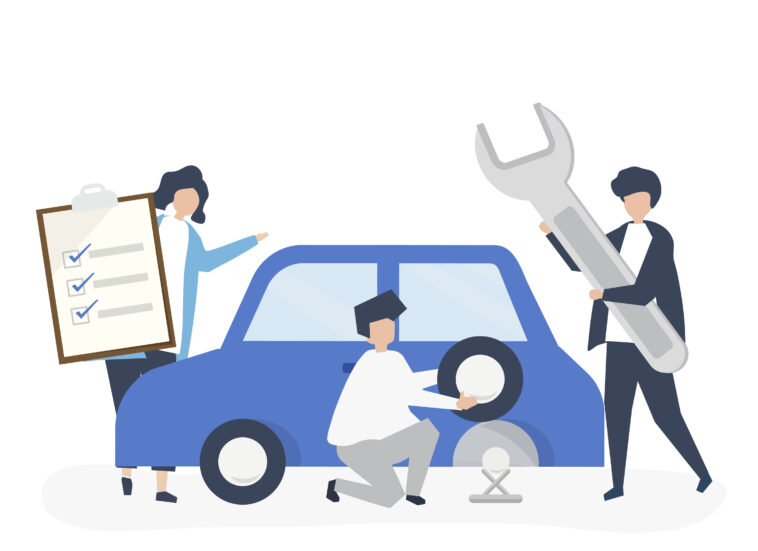If you want to save money on your auto insurance, consider buying a policy that includes comprehensive and umbrella coverage. You can also get a policy that does not require you to pay a yearly premium.
Liability coverage
Liability coverage is one of the most important parts of an auto insurance policy. If you get into an accident, your liability coverage pays for any injuries you caused to others, as well as damages to other people’s property.
The amount you pay for your liability coverage depends on several factors, including where you live, your driving history, your age, and the value of your car. You can also add additional insurance options to your policy.
Most states require liability insurance. Liability coverage pays for your medical bills and other expenses if you are responsible for an accident. Some states require you to buy personal injury protection, too. This insurance covers your passengers’ medical expenses and possibly their lost wages.
Many auto insurance policies include three main types of liability limits. These limits are total bodily injury, per-person bodily injury, and property damage. To determine your state’s requirements, check with your department of motor vehicles or contact a licensed insurance agent.
In most cases, the higher the limit, the more you’ll have to pay. Higher limits may cost more, but the extra coverage gives you more financial security in the event of an accident.
Whether you decide to purchase full or liability-only coverage, make sure to consider the amount of money you have in your bank account and your assets. If you have a lot of assets and can cover the costs yourself, you might prefer to buy more liability insurance.
If you drive an older vehicle, it might be wise to opt for a liability-only policy. However, if you’re buying a new car or if you have a loan, you might be required to buy full coverage.
Comprehensive coverage
Comprehensive coverage is an optional insurance option that pays for damage caused by an accident or an act of nature. It also covers damages from theft or vandalism. This type of insurance can be an important addition to your policy if you own a car or are planning to lease a vehicle.
If you are considering purchasing comprehensive auto insurance, make sure to ask questions about the coverage. The type of comprehensive coverage you purchase will depend on the value of your vehicle. For instance, if your car is a relatively new model, you may not need comprehensive insurance, as its value will not be very high.
However, if you have an older or more expensive car, you might want to consider comprehensive coverage. Older cars are typically less expensive to repair, so it is a wise investment to get this coverage.
You can get a good idea of the cost of comprehensive coverage by contacting your current auto insurance company. Alternatively, you can find a number of quotes online. Remember to inquire about specific coverage options, such as what the deductible is. A higher deductible will lower your premium.
In addition, if you are financing a vehicle, your lender might require you to have comprehensive coverage. Also, if you have a high-rate car, you might want to get comprehensive insurance to protect it from natural disasters or other high-risk situations.
Comprehensive coverage is a valuable investment, so be sure to choose a deductible that fits your budget. Be aware that a higher deductible can mean a higher out-of-pocket cost if you have an accident.
Collision insurance, on the other hand, will pay for damage to your own vehicle after an accident. This coverage is not mandatory, but it is generally more affordable than comprehensive coverage.
Umbrella policy
If you are shopping for auto insurance, you may be curious about an umbrella policy. These policies offer additional liability protection and are usually designed to fill in the gaps in your current coverage. They can also help you protect your assets and your savings.
Umbrella policies can cover a wide range of extra expenses, including personal liability, damage to another person’s property, and even legal defense costs. However, they may cost more than a typical auto insurance policy. Depending on your state and credit score, the cost could be anywhere from $75 to $400 a year for $1 million of coverage.
The main purpose of an umbrella policy is to provide you with coverage beyond the limits of your regular auto or home insurance. This is important, because most carriers require you to carry a minimum level of underlying liability.
An umbrella policy can also help you cover a variety of other expenses, like your own vehicle repairs. While your auto insurance will typically cover damages to your own vehicle, an umbrella policy will extend to cover other people’s property, like cars, homes, and even businesses.
Aside from covering your own auto repairs, an umbrella policy will also provide extra liability coverage in case you are found liable in a car accident. It isn’t uncommon to face large judgments or have your net worth eroded due to a lawsuit.
Generally speaking, you should look for an umbrella policy if you have significant assets or are in a high-risk industry. You should also consider the cost of the umbrella policy itself. Because umbrella policies come with high limits, you should expect a higher premium.
Some auto insurance companies, such as Progressive, also offer umbrella bundles. These bundles are a good option for long commuters who travel in more than one direction a day.
Limits of coverage
If you’re considering buying an auto insurance policy, you should understand the limits of coverage. A coverage limit is the maximum amount that an insurance company will pay you after an accident covered by your policy. Knowing these limits can help you avoid the headaches that can arise after an accident. Increasing the limits of your coverage can save you thousands in the event of an accident. However, you will also likely increase your monthly rate. Depending on the company, you may have the ability to reduce your premium in exchange for a higher deductible. You should review the limits of your coverage each six to 12 months.
When it comes to liability, you should consider both per person and per accident limits. Generally, you’ll have a per person limit for bodily injury, and a per accident limit for property damage. In New York, for example, you’ll have a per person liability limit of $25000, and a per accident limit of $50000. For those of you who live in other states, you may be able to choose different limits.
Another option is to split the limits of your coverage into different sections, such as bodily injury liability, and property damage liability. This way, if you get into an accident that’s not your fault, you’ll only have to deal with the bodily injury portion of the claim. Some companies offer single limit coverage, which covers both your liability for property damages and your liability for bodily injuries. Other companies offer discounts for safety devices, such as anti-lock brakes and air bags, which lower your coverage.
It’s important to check your coverage limits frequently, as a large accident can cause you to exceed them. When your limits are exceeded, your coverage will be reduced until you’re within the new limits.
Non-required auto insurance
Although there are no mandatory auto insurance laws in some states, you may still be financially responsible for a car crash. If this is the case, you’ll need to make sure you have the coverage you need. Some companies even require you to have young drivers on your policy while they’re away at school. This will help ensure you get the best possible rate on your premium.
While you’re at it, you should also check out your state’s motor vehicle requirements. Some states, such as New Hampshire, do not require a driver to carry a car insurance policy. On the other hand, many do have a mandatory minimum insurance requirement. The most notable is the bodily injury protection (BIP) required of all drivers, which covers injuries incurred by you or your passengers. In addition to bodily injury, you’ll need to have collision and uninsured motorist coverage. These insurance policies will cover the cost of repairing or replacing your vehicle if it is damaged in an accident.



